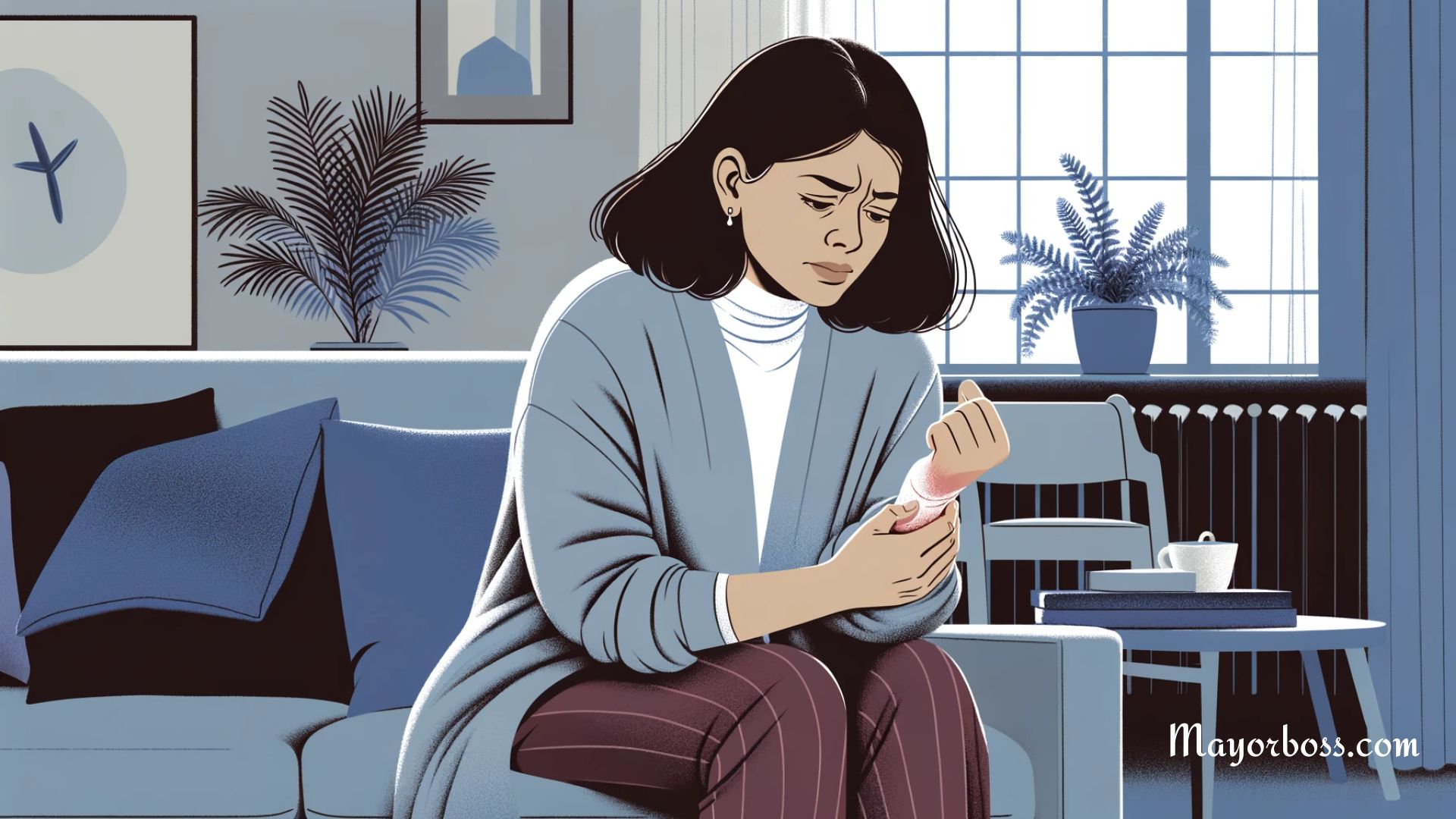10 Signs a Psoriatic Arthritis Flare-Up Is Coming Your Way
Psoriatic arthritis (PsA) can be a real challenge, and knowing when a flare-up is on the horizon can help you manage it better. Psoriatic arthritis isn’t just about joint pain; it can affect your skin, nails, and even your eyes. So, I’ll walk you through the ten signs that suggest a psoriatic arthritis flare-up might be on its way.

1. Increased Joint Pain
One of the most common signs of an impending PsA flare-up is a noticeable increase in joint pain. You might find that your joints feel more tender than usual, or the pain might be more intense than what you’re typically used to.
2. Swelling in Joints
Alongside pain, swelling is a key indicator of psoriatic arthritis flare-up. If you notice your joints looking puffier or feeling tighter, it might signal that a flare-up is coming. This swelling can happen in any joint but is often seen in the hands, feet, and knees.
3. Skin Changes
Psoriatic arthritis is closely linked with psoriasis, a skin condition. Therefore, if you observe any new psoriasis patches or a worsening of existing patches, it could be a clue. These patches are typically red and covered with silvery scales.
4. Fatigue
Feeling unusually tired or worn out can be a sign of many things, including a potential psoriatic arthritis flare-up. This fatigue isn’t the kind that goes away after a good night’s sleep; it’s more persistent.
5. Stiffness, Especially in the Morning
Stiffness in the joints, particularly in the morning, can be a forewarning. You might find it harder to get moving when you wake up, or this stiffness may last longer than usual.
6. Nail Changes
Your nails can offer clues, too. Look for changes like pitting (small dents in the nail), discoloration, or separation of the nail from the nail bed. These changes can precede or accompany joint symptoms.
7. Eye Problems
Eye issues, such as redness, pain, or blurred vision, shouldn’t be ignored. These symptoms might indicate uveitis, which is associated with psoriatic arthritis.
8. Decreased Range of Motion
If you start to notice that moving certain joints is more difficult or that your range of motion is limited, it can be a sign of a flare-up. This decreased mobility can be due to pain, swelling, or stiffness in the joints.
9. Tenderness at Tendon or Ligament Attachments
This condition can also affect the spots where tendons and ligaments attach to bones. If you feel increased tenderness or pain in these areas, especially at the back of the heel or the bottom of the foot, it might be a warning.
10. General Feeling of Unwellness
Lastly, you might just feel off. This general sense of not feeling well, sometimes hard to describe, can be your body’s way of signaling that something is not right.
Understanding these signs is crucial in managing psoriatic arthritis. While I’ve outlined the common signs, remember everyone is different. If you notice any of these changes, talk to your healthcare provider. They can help you adjust your treatment plan to manage the condition better and minimize the impact of a flare-up.





